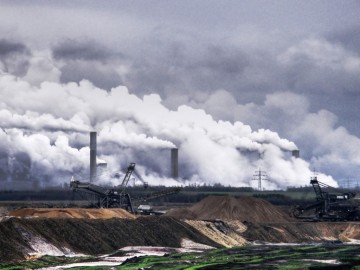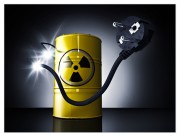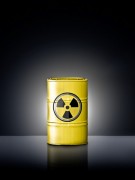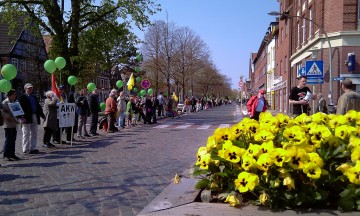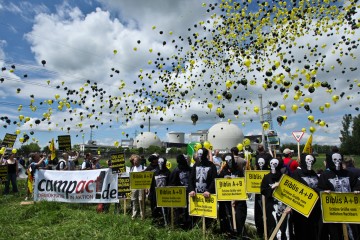Umwelt
heise online – "Freiburger Appell" für weniger Strahlenbelastung
Towards green electronics – Getting greener, but not there yet
EUROPA – Press Releases – Janez Potočnik European Commissioner for Environment Don’t waste waste!
EUROPA – Press Releases – Janez Potocnik European Commissioner for Environment Don’t waste waste!
We are at Hoboken today because Electrical and Electronic Waste deserves specific attention: why?
First – Because the mobile phone in your pocket has within it many precious substances that would have to be sourced through more primary extraction if we didn’t recover them. 40 mobile phones contain about one gram of gold. You would have to move and treat on average one tonne of ore, often using toxic substances such as cyanide, to get the same amount from primary extraction;
Second – Because Waste Electrical and Electronic Equipment (or “WEEE”) is the fastest growing waste stream – estimated to grow to about 12 million tones by 2020. It now seems normal to replace your phone every couple of years. And
Third – Because many substances in WEEE are dangerous or even deadly and must be treated properly.
Campact | "Anti-Atom-Jahr 2010" – Jahresrückblick
Kernkraftwerk Grohnde
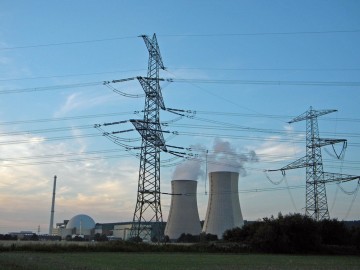
Greenpeace Jugend Hamburg: Flashmob "Umfallen gegen Atomkraft"

marcos papapopolus – Flickr
- atomic energy
- atomic shift
Kette bei Glücksstadt Deich 2
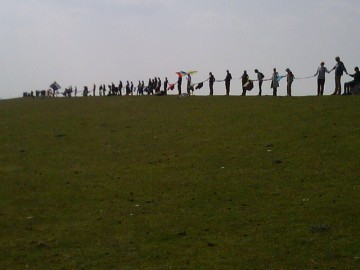
KettenReAktion – Menschenkette am 24. April 2010 von Brunsbüttel nach Krümmel
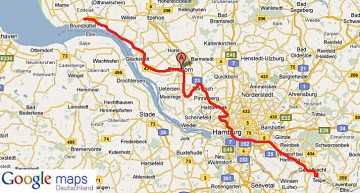
Glückstadt: Kette steht (Sönke Wendland)
Tödliche Nachbarn: Biblis
ATOMKRAFT abschalten!
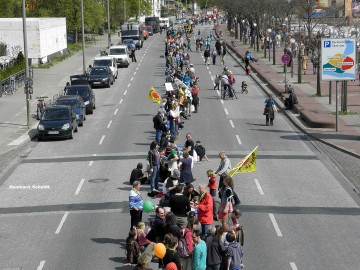
Strom
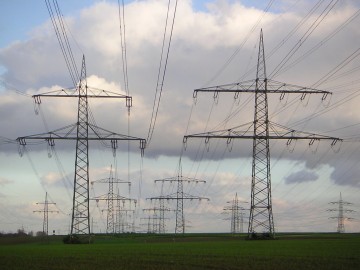
Tagebau Garzweiler
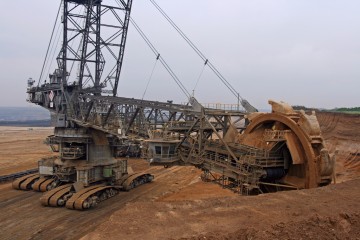
2007-12-29 Industrial terraforming for a better world 3
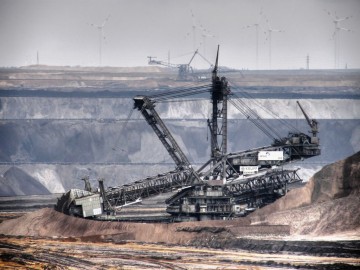
2007-12-29 Industrial terraforming for a better world 1
